Description
Pigeon SofTouch III Bottle T-Ester
Directions
How to clean the products::
Immediately after use, rinse in warm water and wash using a Pigeon Liquid Cleanser.
Use a sponge brush to wash plastic bottles.
How to sterilize the product:
- Sterilization Method :
Boiling, Steaming, Chemical, UV Sterilization.
Be sure to sterilize before every use. - Boiling/Steaming sterilization:
Thoroughly wash the nipple, bottle, cap and hood, and place in water.
Bring the water to a boil.
Sterilize for 5 minutes after the water comes to a boil.
Chemical sterilization and microwave sterilization are possible.
Use sterilizing products specifically for baby bottles and nipples.
Follow the instructions in the user’s manual for these products.
With chemical sterilization, the printing on the bottle may fade. - UV sterilization: Follow the instructions in the user’s manual provided by the manufacturer of the UV sterilizer.Also, when using UV sterilizer with drying function, it is necessary to place the bottle body at least 1 inch (2.54cm) away from the inner wall/ceiling where the air ventilation outlet is.
This may avoid any damage or deterioration of the bottle.
It is recommended to replace the product when it starts to discolour and/or turn cloudy.
Lifespan of product For the silicone nipple, rotate the use of 2 or more nipples for about 2 months before replacing them (boiling, steam and chemical).
If you see any stubborn milk stains, scratches or discolouration on the Nipple, it is an indication to consider changing to new nursing bottles.
Recommend to change nursing bottles (applicable to all types of materials if using boiling, steam & chemical sterilization) every 6-12 months for hygiene purposes.
If using UV Sterilization as the main method of sterilization, may subject the material to premature aging, especially if it is subjected to repeated sterilization.
Therefore, we recommend you replace the product when it starts to discolour and/or turns cloudy.
Ingredients
Bottle: Poly-cyclohexylene dimethylene naphthalene (PCN or T-Ester)
Nipple: Silicone
Rubber Cap: Polypropylene (PP)
Hood: Polypropylene (PP)
Warnings
When preparing formula,
– The bottle might also become hot. Be careful not to burn yourself.
– If you shake the upright bottle, hot liquid may come out and may cause burns. Handle the bottle carefully.
– Do not attach the hood and shake the bottle.
If the hood is attached, the high temperatures may cause the pressure inside the bottle to rise, possibly causing leaks.
Do not prepare formula near your baby, as there is a danger of burns.
Be sure to check the temperature of the milk or other fluid before feeding.
After boiling or microwave sterilisation, the bottle will be hot.
Be careful not to burn yourself.
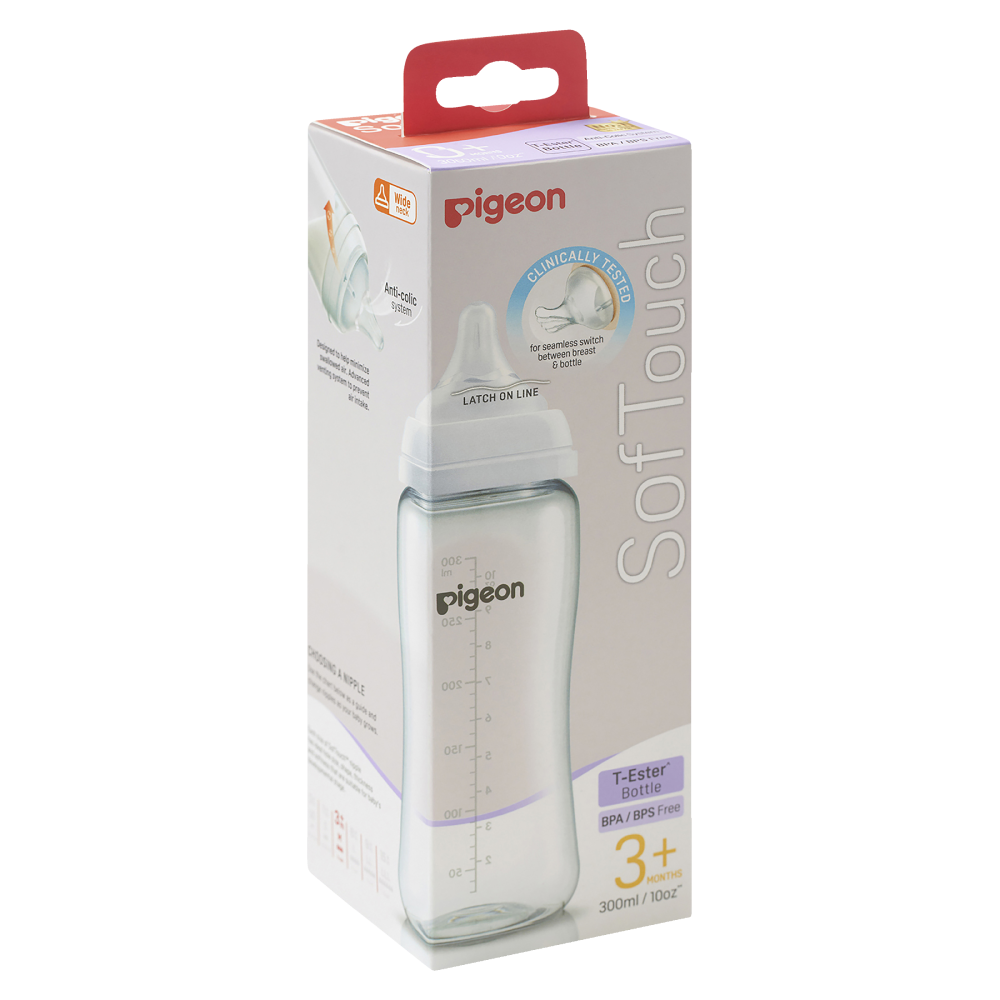
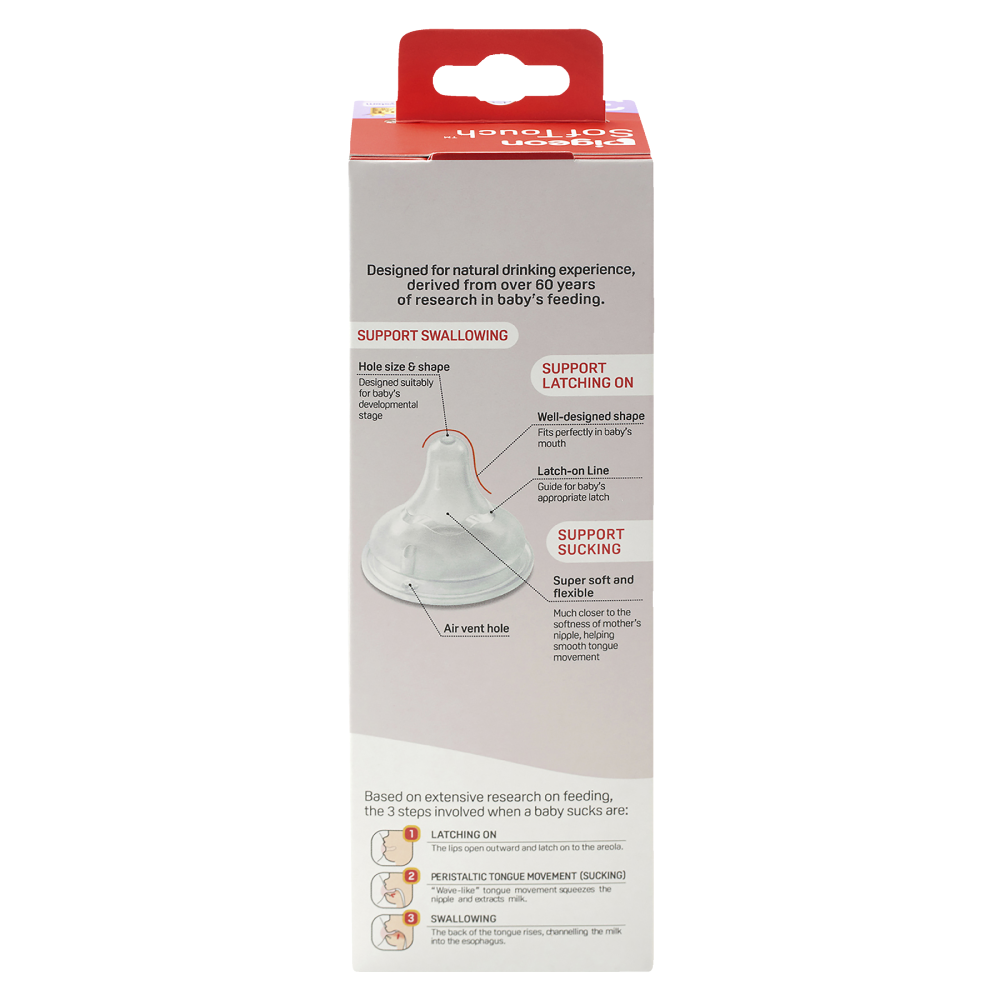
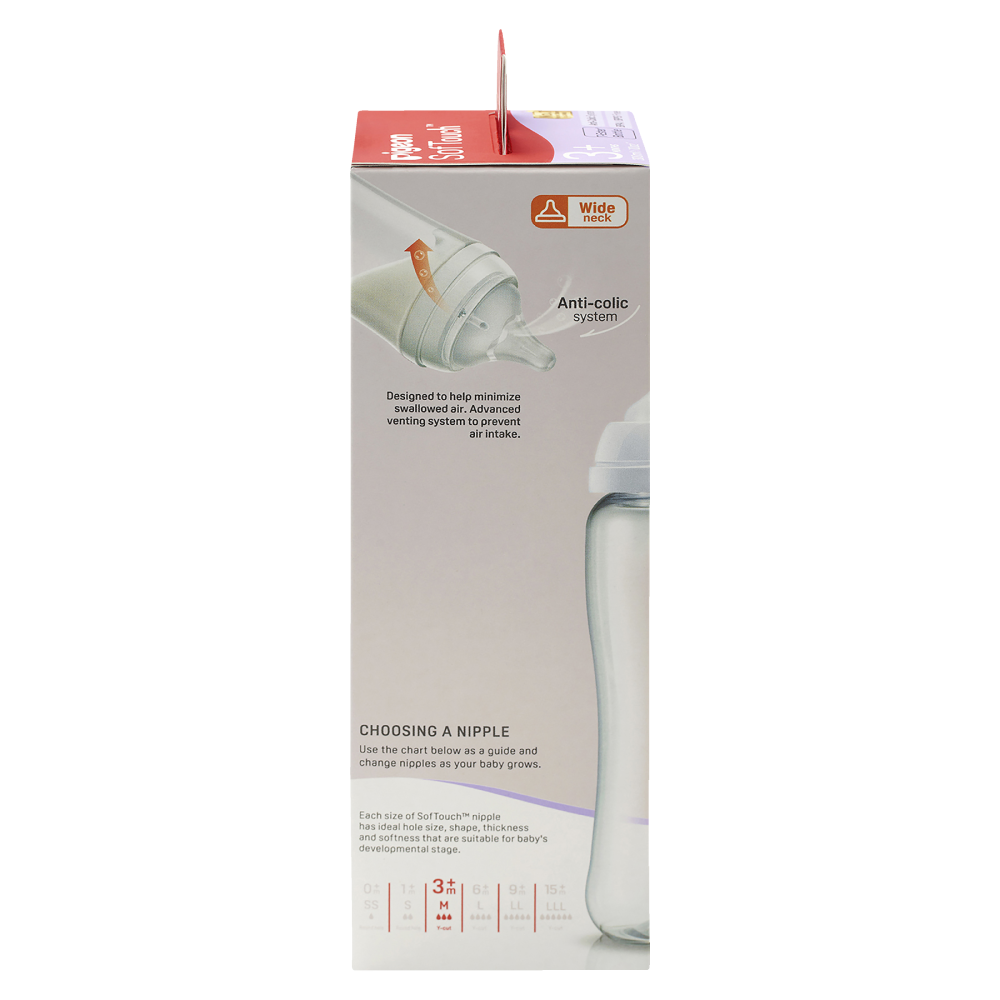
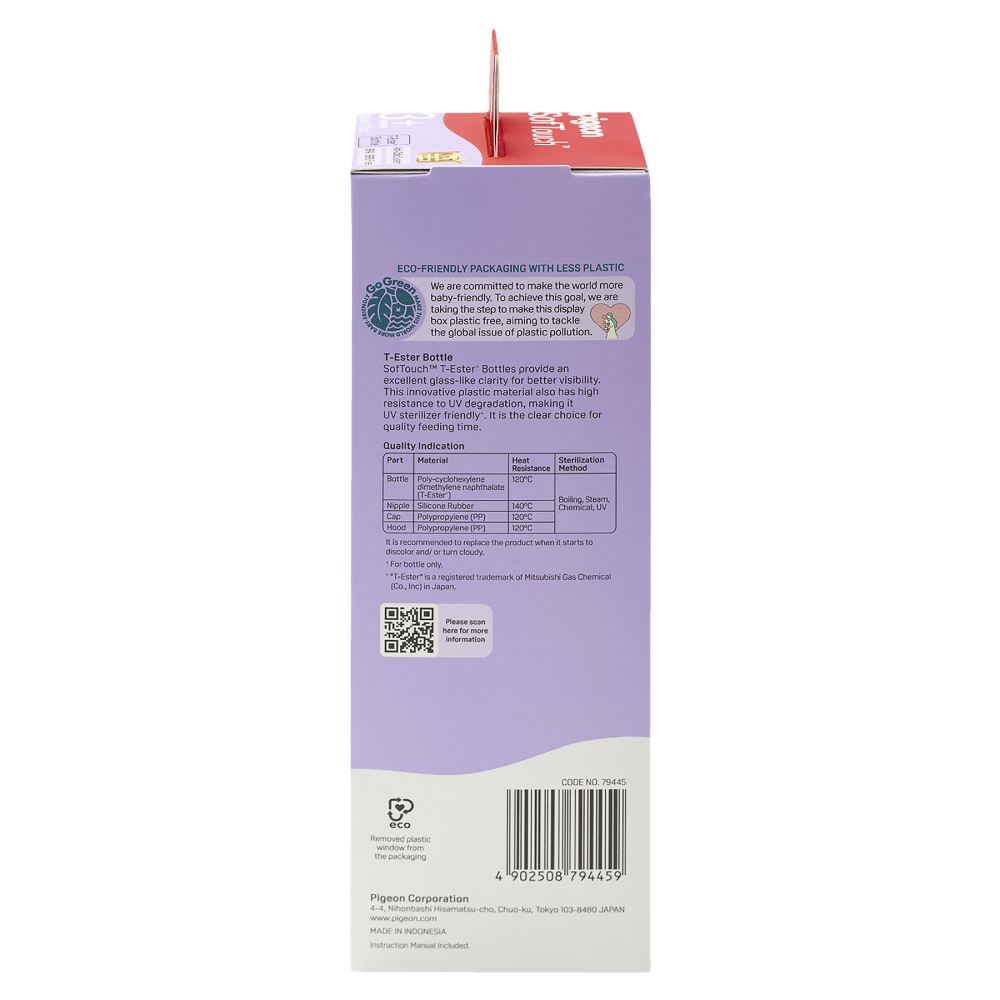
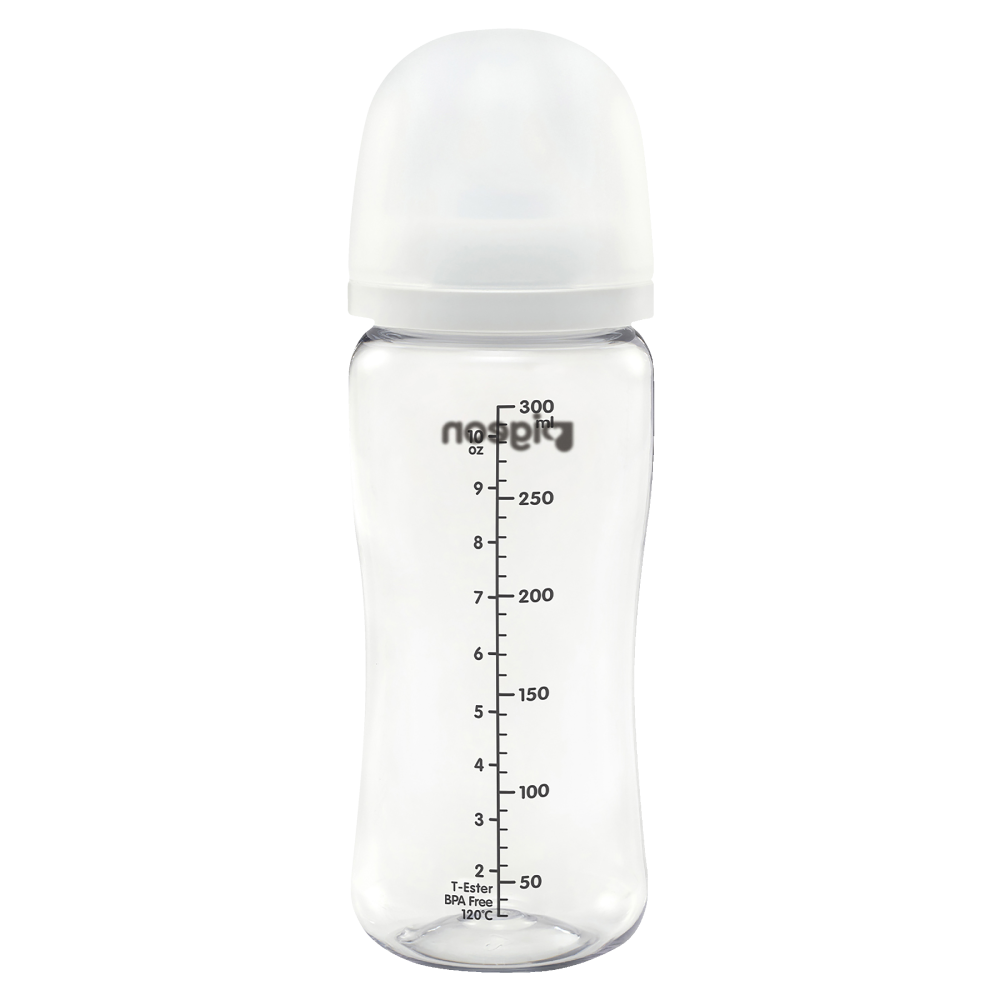
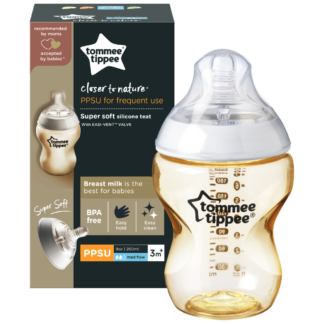



Reviews
There are no reviews yet.